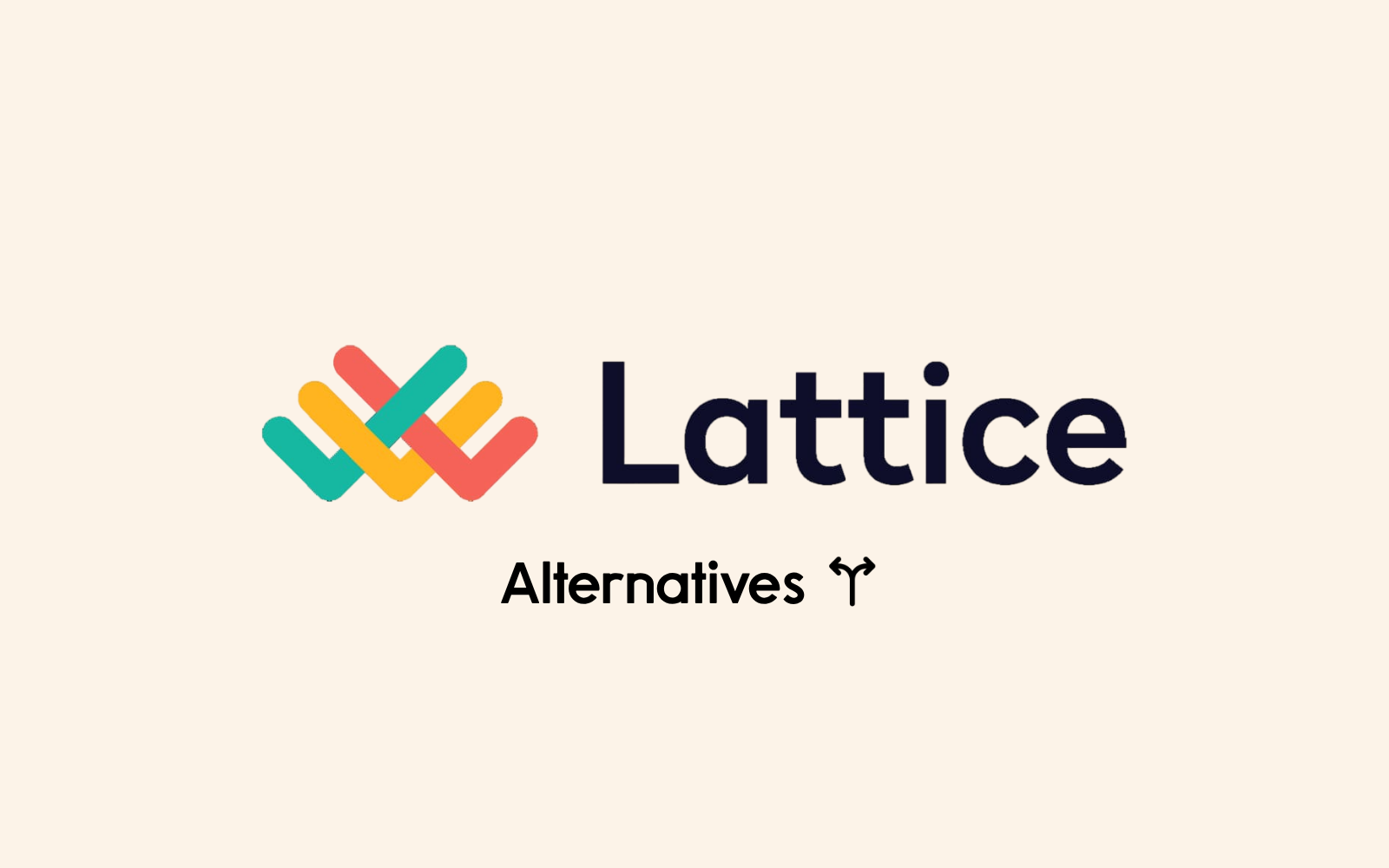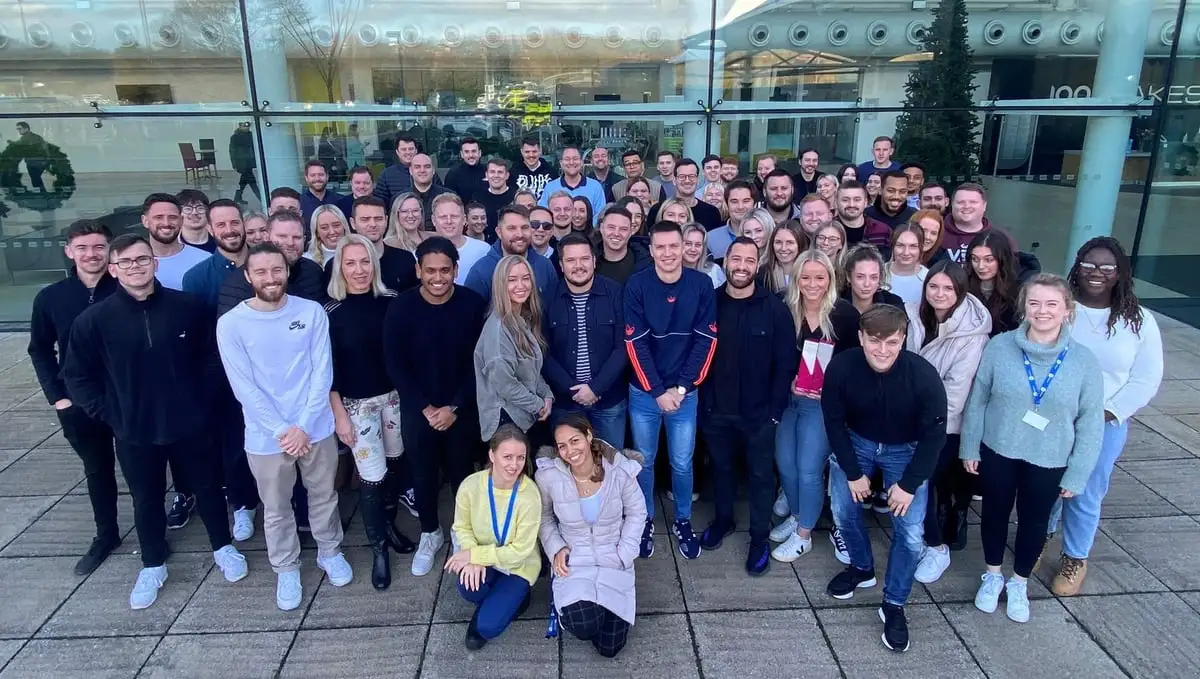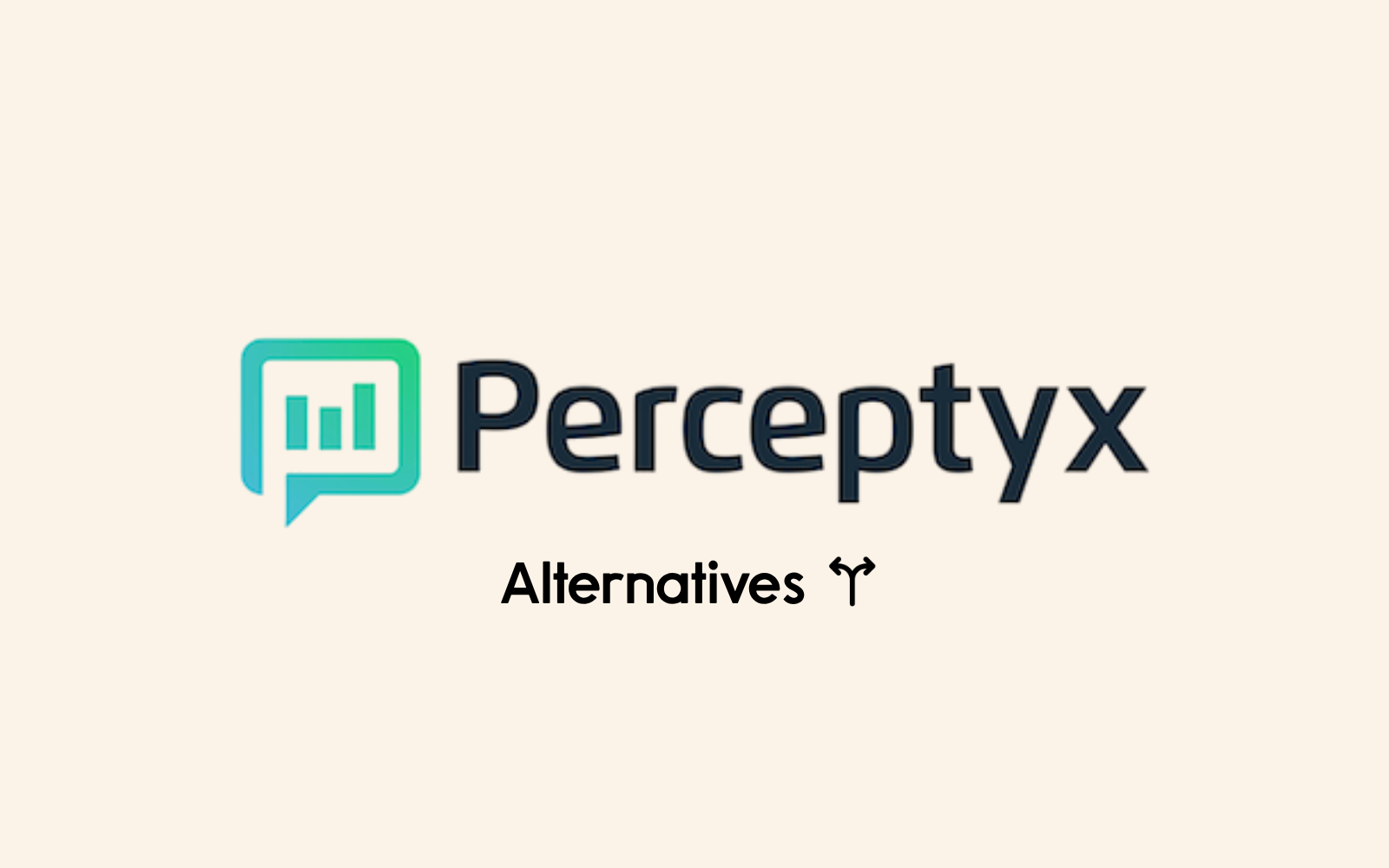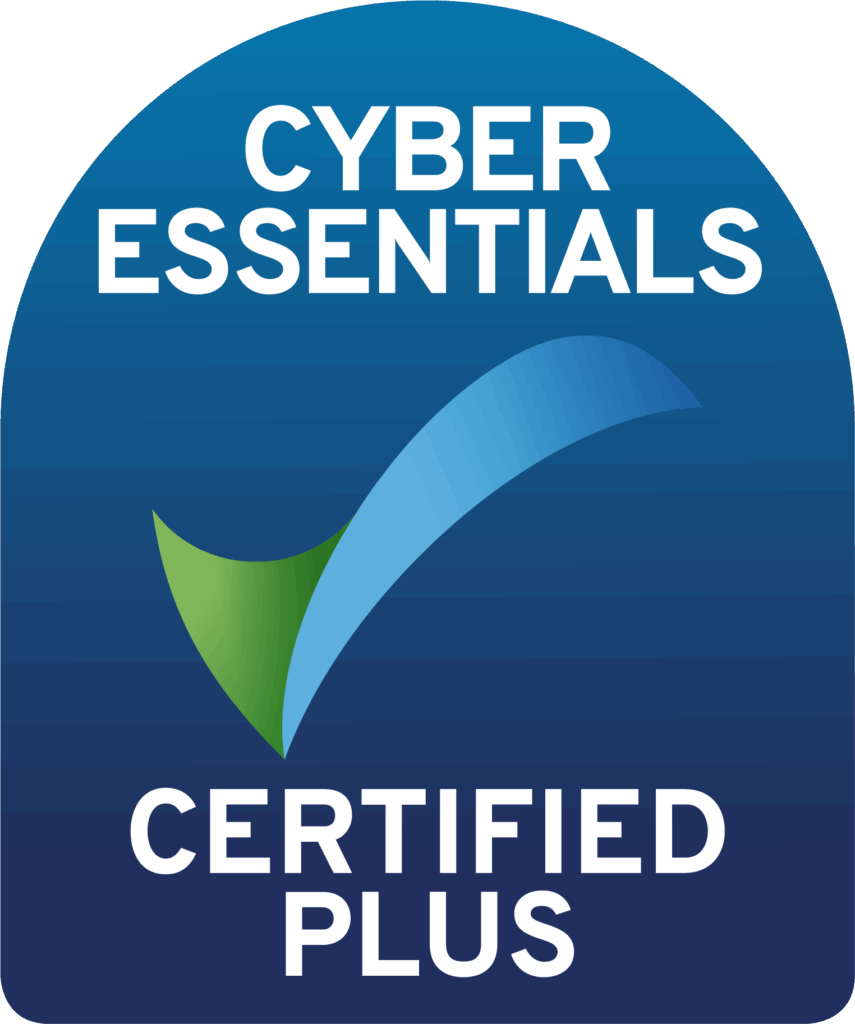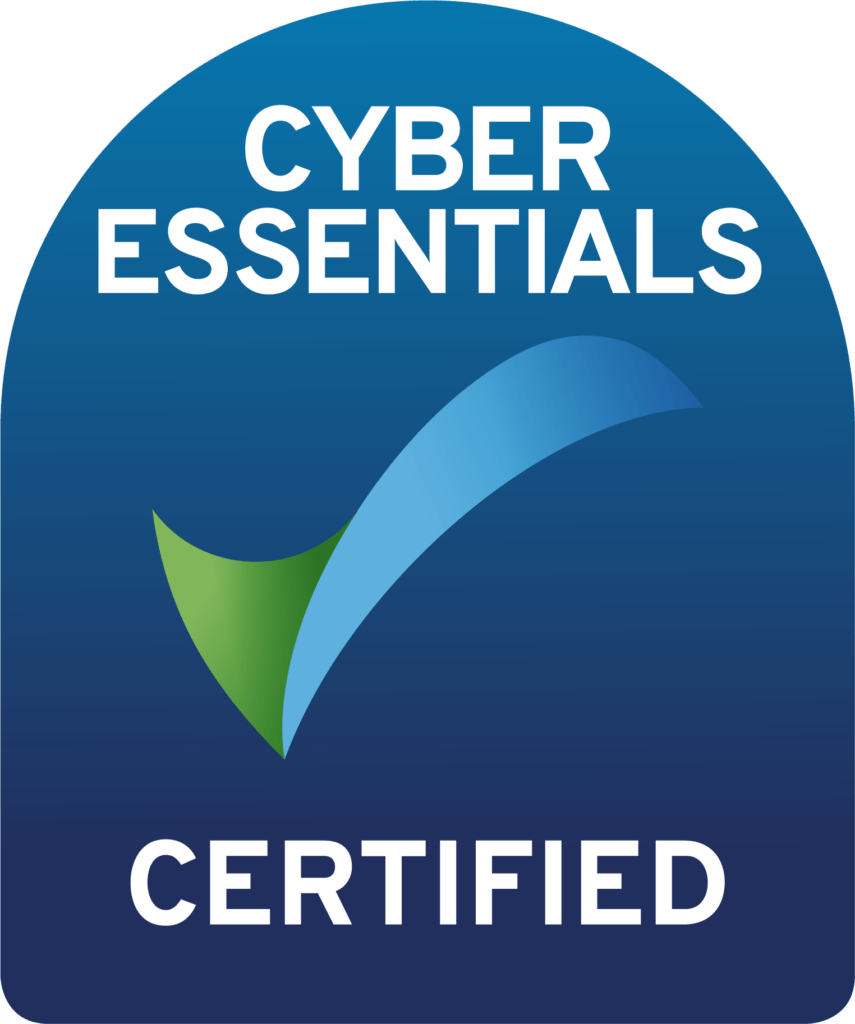An engaged, thriving workforce starts with employees who feel valued and supported in their development. Employee growth plans set clear paths for progress, align individual goals to company objectives, and demonstrate your investment in people. But not all plans are created equal…
We’ve created a few action points for you to take away and implement. Use these best practices to create high-impact employee growth plans to get the most out of your staff development!
Start with Self-Reflection
Have employees assess their skills, interests, strengths, and development areas. This self-reflection ensures plans align with their passions and aspirations. Guide them to consider:
- What parts of their role do they find most meaningful and enjoyable?
- What skills would they like to improve or acquire?
- What are their long-term career ambitions?
Make this self-assessment easy with surveys, forms, or discussions. The insights should inform plan priorities.
Set Measurable Goals
Generic development goals like “improve communication skills” are hard to track. Set specific, measurable goals so employees have clarity on what they’re working towards. Frame goals as SMART:
- Specific – Clearly defined
- Measurable – With metrics to track progress
- Achievable – Within employee’s capabilities
- Relevant – Aligns to role and aspirations
- Time-bound – By a target date
Balance Development Areas
Look at strengths vs development needs holistically. For instance, you could help ambitious employees build new skills through assignments that push them and keep them challenged. These kind of employees will relish a challenge and may surprise you with what they come up with.
Also, it’s key to avoid focusing only on gaps in their experience and knowledge – this can diminish morale. Blend skill-building with maximising strengths for the best motivational impact!
Outline Action Plans
Specify the training programs, projects, mentoring, and other opportunities that will help achieve each growth goal. This tactical plan brings the development priorities to life.
If you build in milestones and regular check-ins to provide feedback and guidance, the development will come. Adjust activities over time based on progress made.
Encourage Ongoing Conversations
The annual review shouldn’t be the only discussion about growth. Check in regularly with employees to track goals, brainstorm ideas, and remove roadblocks.
This real-time feedback fosters an open, trusting relationship. Employees know managers will support their continuous development.
Integrate with Company Programs
Chances are, you’ve probably got some kind of existing learning program, job rotation, seminars or any other development initiatives. Encourage their use and promote options that align to employee goals and facilitate exposure to different roles.
This demonstrates the company’s shared commitment to nurturing talent and careers.
Recognise Wins
Celebrate progress, completion of milestones, and acquisition of new skills. This positive reinforcement motivates employees to stick with their plan.
Publicly highlighting achievements also inspires others to pursue growth and development opportunities. Everyone likes hearing that they’ve done a job well.
Measure Impact on Engagement
Use pulse surveys (we know a thing or two about them if you want some advice!) to track how employees feel about their growth plans and the company’s development investments. This data helps gauge the effectiveness of your initiatives.
Employees who report progressing in their careers and gaining new skills will be more engaged, productive team members.
Follow these best practices to create high-impact employee growth plans that deliver tangible upskilling while boosting satisfaction and retention. Start the self-reflection process today!
If you need a hand with any of them, it just so happens that the Wotter platform can handle a lot of these points for you, including recognition, custom surveys and AI powered pulse surveying.




